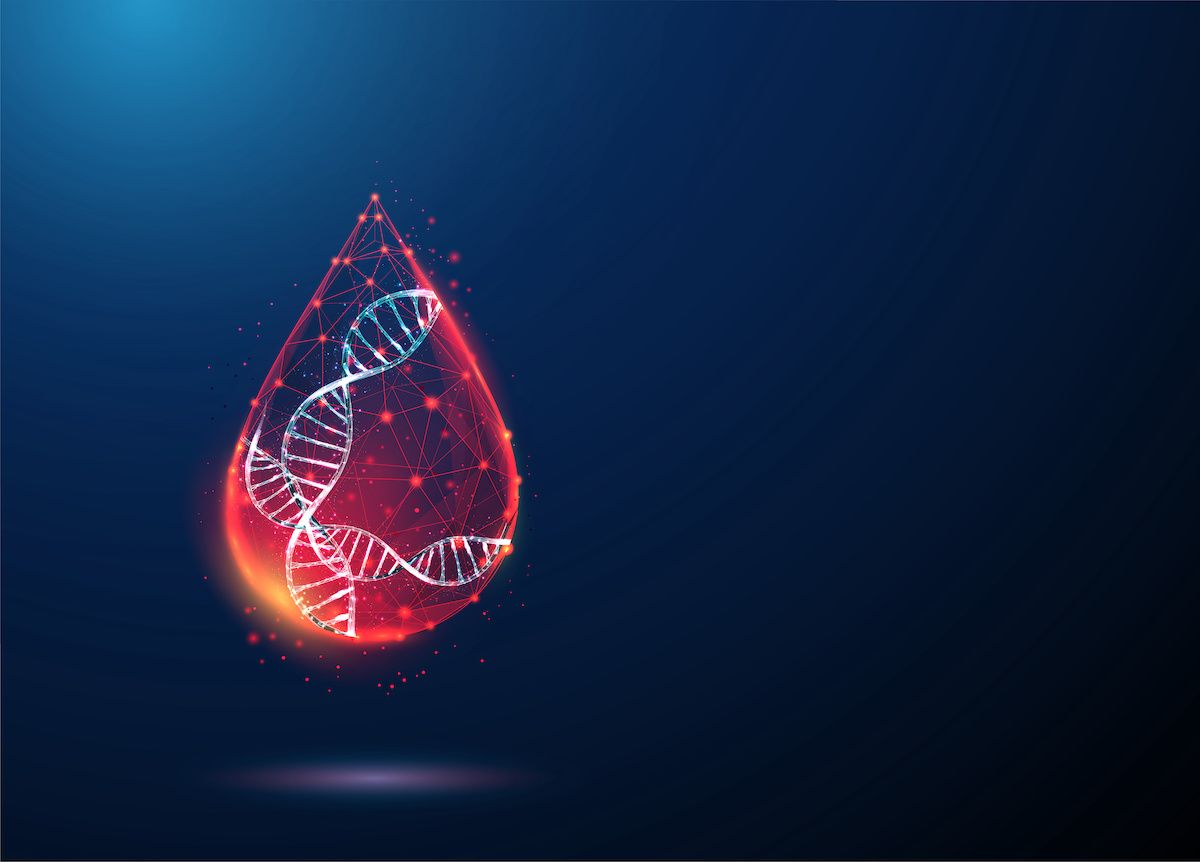Video
Impact of an Oral HMA on the HR-MDS Treatment Landscape
Author(s):
Perspectives on the use of oral HMA therapy in higher-risk myelodysplastic syndromes, and how this has improved patient care.
Transcript:
Bruce Feinberg, DO: We didn’t get into what cedazuridine brings about. Was it a sea change to have another agent, another HMA [hypomethylating agent] available, as opposed to luspatercept and lenalidomide, with totally different mechanisms of action and toxicity profile? Was this a huge unmet need because of the administration schedule? Or do the other aspects of the toxicity not differentiate it enough? Amer?
Amer Zeidan, MBBS, MHS: That’s a great question. It’s a number of elements. The most immediate element is what you mentioned, it makes life much easier for many patients. I can give you examples of patients who live 2 or 3 hours from the main center they have to go to get their infusion. They have to spend 2 or 3 hours in the car each way, and they have to sit and wait. Many academic centers aren’t as efficient as private practices. They have to sit for 2 hours waiting for the chair and then get the infusion. It can take a whole day basically to get each shot of the azacitidine or decitabine. That goes for 5 to 7 days each month. It can be exhausting.
We have to remember that MDS [myelodysplastic syndromes] is often diagnosed in people in their mid-70s, so they might be widowed. They might not have anybody to drive them. They might be afraid to drive, or their children are out of state. Many times, they don’t have a lot of social support. To Ryan’s point, that also contributes to why some people might not persist on therapy. They get 2 cycles and don’t see any immediate response and their impression is, “I don’t want to continue with that.” It could be from the provider side or the patient side, but from a provider level, there’s a lot of happiness about the availability of oral drugs. It opens the door for total oral therapy, something that’s already been explored in AML [acute myeloid leukemia]. That’s something that will probably be the future of treatment in MDS as well.
Bruce Feinberg, DO: Ryan, are you seeing that? Or are you not seeing the embrace that you might have expected with an oral agent?
Ryan Haumschild, PharmD, MS, MBA: For providers having the conversation with patients, there’s excitement around an oral agent, especially if you take it just days 1 through 5 out of 28 days. Over these past 2 years especially, it’s interesting; this drug got approved during the pandemic, and we’re still seeing pandemic effects of people not wanting to come in. Patients are asking about it more when providers present the option and say, “You may be a good candidate for this.” Patients are a lot more interested. We’re interested because if they can remain persistent, it’s going to be successful.
That being said, it’s an oral agent, so we’re not bringing them on-site to administer the drug. We’re relying on adherence, which makes us a little nervous, especially when you have PBM [pharmacy benefit manager]-owned specialty pharmacies dispensing sometimes, with maybe not as much oversight, and IDN [integrated delivery network] specialty pharmacies with oversight and follow-up. But if you can make sure patients are taking those medications appropriately, you’re seeing better persistence and better adoption to the therapy, and those outcomes come with that.
Bruce Feinberg, DO: Tracey, I don’t use this expression often, but it seems to fit here. Is the perception that you sense from both providers and patients that when it comes to hypomethylating agents, the juice isn’t worth the squeeze to some degree? There’s so much potential downside, depending on how you look at it. “I’m just going to rock and roll with what we’re doing. I don’t feel great, but I’m not going to drop dead from any of these.” It’s that difference from when it’s AML, where it’s like, “Fine. I’m dead without it, so do it. But if I can rock and roll for another 2 or 3 years the way I have been, I don’t feel great, but it’s OK.”
Tracey Iraca: There’s no question about the benefits to patients’ quality of life having an oral therapy that they can take from home. If it’s been offered, our patients are telling us that they want it as long as they can be assured that it’s the same therapy. If they’re doing well on the other therapy and they’re willing to go in and forego all of those burdens, if they can be promised that things are just as good but they can take the pill from home, they definitely want that. It makes such a big difference, being able to be in your home and not have to do those long transports or stand in the infusion centers for all that time. It’s definitely something that patients want. In this particular case, it’s worth it. I haven’t seen anyone say, “No, I don’t really want to try that.” Very rarely you’ll hear, “If it ain’t broke, why fix it? Let’s just stick with what we’ve got.” But most of the patients are willing to try the oral version.
But I agree with Ryan that there’s anxiety, too. We’re not watching them as closely when they’re taking their medication from home, so what tools can we put in place? Is it a mobile app that reminds people to take their medications? Is it nurses or people from the center calling and asking, “Did you take your medication? Do you have any questions?” What can we do to still maintain that strong level of contact from home?
Bruce Feinberg, DO: Amer, I’m guessing that you have to bring them in weekly for blood counts. That would be your longest increment given how fragile these patients are.
Amer Zeidan, MBBS, MHS: Yes. There are a couple of layers to this conversation. The first one is the fact that giving an oral drug to a patient shouldn’t affect how closely you’re monitoring the patient, because you’re still giving them a very similar drug. It’s just given orally. That probably applies to all oral therapies, whether you call them oral chemotherapies or targeted therapies.
In terms of the patient, it depends on the particular. The first few months, the patients are often transfusion-dependent. They’re needing to come at least once a week to get blood transfusions. Sometimes they need to come 2 or 3 times a week for platelet transfusions. Those patients are coming quite frequently to begin with. In those patients, they might not necessarily perceive the benefit of oral therapy as much. The benefit of oral therapy becomes much easier to observe once you become transfusion-independent, because at that point, you’re not needing to come for transfusions.
You can even do local laboratory tests as long as you’re doing blood work. The minimum you would do blood work when you’re on this type of therapy is once a month. But some patients will need it twice a month or even once a week, depending on their neutrophil count, and you have to monitor them carefully for infections and prevent infections. You still have to monitor these patients carefully. Patients who are responding get the best out of this oral version of therapy because they don’t have to come for 5 or 7 days. It’s not only the 1 hour they spend in the infusion center. It’s usually a full-day affair for them to come and get their injection.
Bruce Feinberg, DO: I’m guessing that at both Yale University and Emory Healthcare, the transfusions, antibiotics, and whatever else is being administered are all done in the same chair in the infusion center. They don’t have to go to a separate site to get the transfusion or something else.
Ryan Haumschild, PharmD, MS, MBA: We bring patients in, we’ll get blood from the blood bank, and we’ll infuse them right there in the same infusion center with the rest of our patients. That’s the way we operate it.
Bruce Feinberg, DO: Amer, is it the same thing?
Amer Zeidan, MBBS, MHS: We have some care centers that don’t administer blood transfusions on-site. That’s another layer, because the patient will then have to go to a bigger center or sometimes the local hospital to get the transfusion because the local practices aren’t equipped to give blood transfusions. Another layer of why this type of arrangement works is the patient doesn’t need to come to Yale University if they’re not getting blood transfusions because they can also follow up with their local oncologist and come and see me every 2 or 3 months.
Transcript edited for clarity.





